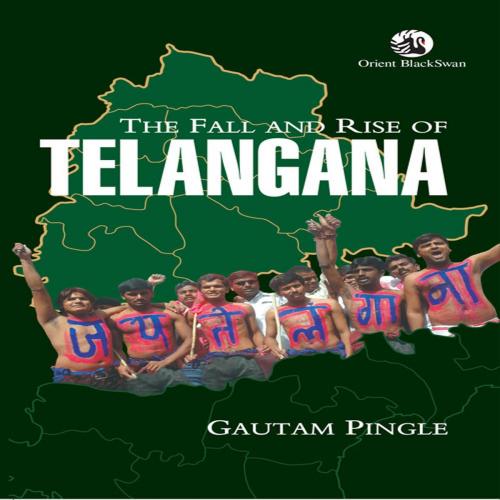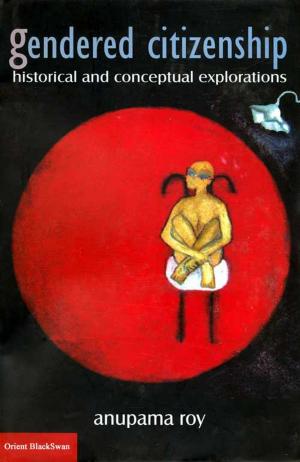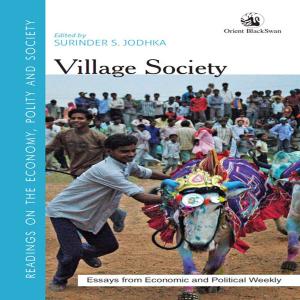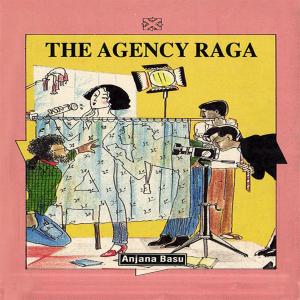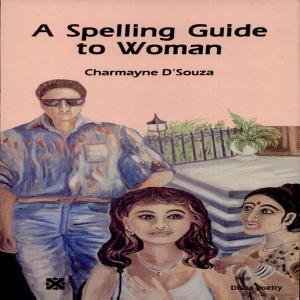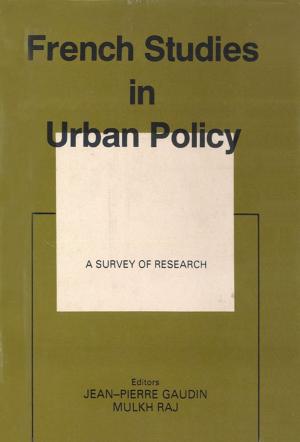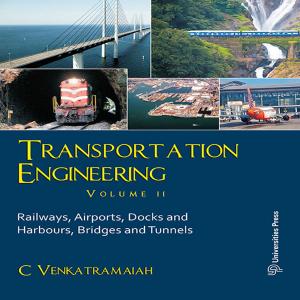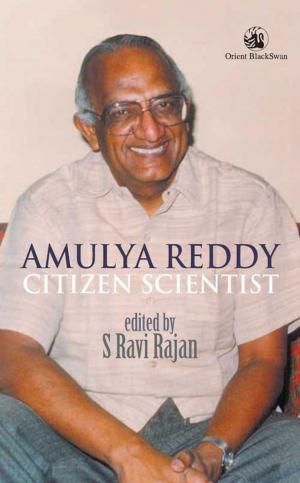| Author: | Gautam Pingle | ISBN: | 9788125054955 |
| Publisher: | Orient Blackswan Private Limited | Publication: | May 9, 2014 |
| Imprint: | Language: | English |
| Author: | Gautam Pingle |
| ISBN: | 9788125054955 |
| Publisher: | Orient Blackswan Private Limited |
| Publication: | May 9, 2014 |
| Imprint: | |
| Language: | English |
Post Independence, the state of Andhra Pradesh was created by merging the Telangana region, a part of the princely state of Hyderabad, with the coastal region of Andhra and Rayalaseema—both parts of the erstwhile Madras state. With Madras, the major source of income of the state, allocated to Tamil Nadu, it was necessary to include the revenue-surplus Telangana to create a financially viable entity.However, there had always been doubts about the long-term feasibility of such an arrangement. Jawaharlal Nehru had even considered the provision of a ‘divorce’ if the ‘marriage’ between the three regions did not turn out to be mutually beneficial.Despite several agreements, laws and government orders safeguarding the interests of the people of Telangana, modern history records a sordid tale of exploitation, agitation, assurances and broken promises. The author shows how the Srikrishna Commission that was formed to look into the matter and impartially recommend a way forward ‘subverted’ the process and came forward with a predetermined solution.Today, despite violent agitation, the surplus revenue of the region continues to be disproportionately diverted to Coastal Andhra, while land around Hyderabad is quite often illegally allocated to land sharks from other regions.The author has painstakingly dissected the Telangana problem from its inception to the where a separate state seems to be inevitable. He has identified the political reasons for the behaviour of the national leaders in making promises and later reneging on them, and shows how this betrayal has affected the people of the region.In the final chapter, the author proposes a model for the trifurcation of the state and how this can be made equitable and just. Vocal and hard-hitting, this book will be valuable for students of political science and general readers interested in the movement.
Post Independence, the state of Andhra Pradesh was created by merging the Telangana region, a part of the princely state of Hyderabad, with the coastal region of Andhra and Rayalaseema—both parts of the erstwhile Madras state. With Madras, the major source of income of the state, allocated to Tamil Nadu, it was necessary to include the revenue-surplus Telangana to create a financially viable entity.However, there had always been doubts about the long-term feasibility of such an arrangement. Jawaharlal Nehru had even considered the provision of a ‘divorce’ if the ‘marriage’ between the three regions did not turn out to be mutually beneficial.Despite several agreements, laws and government orders safeguarding the interests of the people of Telangana, modern history records a sordid tale of exploitation, agitation, assurances and broken promises. The author shows how the Srikrishna Commission that was formed to look into the matter and impartially recommend a way forward ‘subverted’ the process and came forward with a predetermined solution.Today, despite violent agitation, the surplus revenue of the region continues to be disproportionately diverted to Coastal Andhra, while land around Hyderabad is quite often illegally allocated to land sharks from other regions.The author has painstakingly dissected the Telangana problem from its inception to the where a separate state seems to be inevitable. He has identified the political reasons for the behaviour of the national leaders in making promises and later reneging on them, and shows how this betrayal has affected the people of the region.In the final chapter, the author proposes a model for the trifurcation of the state and how this can be made equitable and just. Vocal and hard-hitting, this book will be valuable for students of political science and general readers interested in the movement.
